In today’s rapidly evolving world of AI, there is a growing demand for professionals who specialize in the intricate balance between technology and human interaction. The role of a Human Factors Engineer and an Ergonomist in this field is crucial but often overlooked. These individuals play a vital role in ensuring that AI systems are designed with the user’s needs and comfort in mind.
The question is, what exactly do these roles entail, and how do they contribute to the advancement of AI technology? Well, buckle up, because we’re about to uncover the fascinating world of Human Factors Engineering and Ergonomics in the realm of AI.
Key Takeaways
- Human Factors Engineering and Ergonomics play a crucial role in the design and development of AI systems, ensuring their effectiveness and user-friendliness.
- Human Factors Engineers and Ergonomists focus on user-centered design, considering user preferences, cultural backgrounds, and accessibility requirements to tailor AI systems to individual needs.
- These professionals prioritize the safety and well-being of users, continuously evaluating and improving the performance of AI systems through usability testing and user research.
- Industries such as automotive, healthcare, technology, aerospace, and manufacturing are actively hiring Human Factors Engineers and Ergonomists to optimize user experiences, enhance productivity, and reduce the risk of injuries.

The Importance of Human Factors Engineering in AI
Human Factors Engineering plays a crucial role in ensuring the effectiveness and user-friendliness of AI systems. As the field of artificial intelligence continues to advance, it becomes increasingly important to consider the role of user-centered design in AI development.
Human Factors Engineering, also known as ergonomics, focuses on designing systems that are intuitive, efficient, and safe for human use. By incorporating principles of human factors engineering into the development process, AI products can better meet the needs and expectations of users.
The impact of human factors engineering on product development can’t be underestimated. By considering the human element in the design process, AI systems can be tailored to the unique needs and abilities of individuals. This involves understanding how users interact with technology and designing interfaces that are easy to navigate and understand.
Human factors engineers also take into account factors such as user preferences, cultural backgrounds, and accessibility requirements to ensure that AI systems are inclusive and accessible to all.
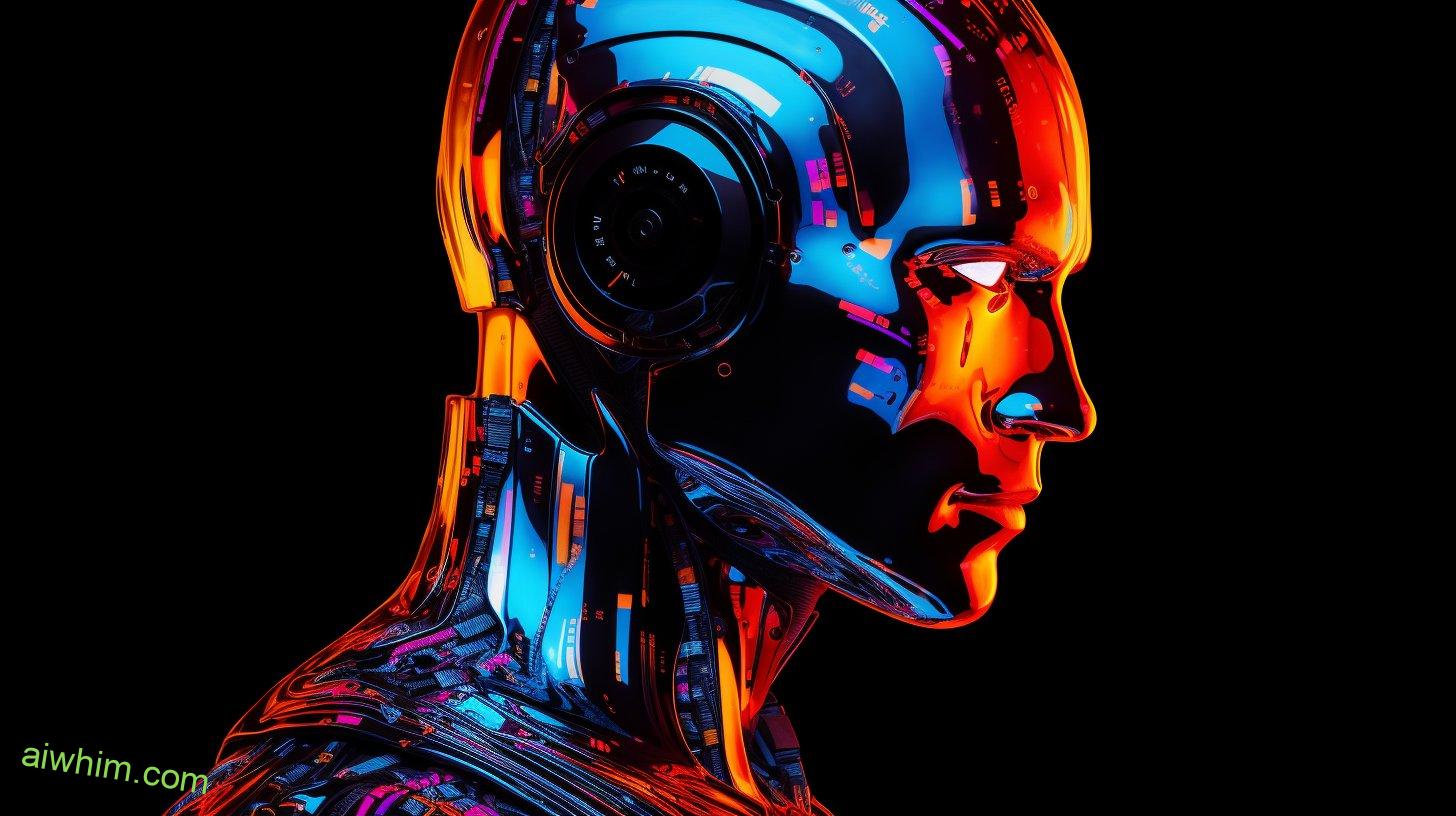
Understanding the Role of Ergonomists in AI
As AI systems continue to evolve, it’s crucial to recognize the integral role that ergonomists play in ensuring their optimal design and usability.
Ergonomics in AI development involves integrating human factors into AI systems, considering the physical, cognitive, and emotional well-being of users.
Here are three key aspects to understand about the role of ergonomists in AI:
- User-Centered Design: Ergonomists prioritize the needs and preferences of users when designing AI systems. They conduct research to understand user behaviors, capabilities, and limitations, and then apply this knowledge to create interfaces that are intuitive, efficient, and enjoyable to use. By considering factors such as user ergonomics, accessibility, and user experience, ergonomists ensure that AI systems are designed with the end user in mind.
- Safety and Well-being: Ergonomists play a critical role in ensuring the safety and well-being of users interacting with AI systems. They identify potential physical and cognitive risks associated with using AI technologies and work to minimize them through appropriate design choices. This includes considering factors such as screen layout, font size, color contrast, and minimizing cognitive overload, thereby reducing the risk of errors and enhancing user trust and confidence in AI systems.
- Continuous Improvement: Ergonomists are involved in the iterative design process of AI systems, continuously evaluating their performance and making necessary improvements. They gather feedback from users, conduct usability testing, and analyze data to identify areas of improvement. By integrating human factors into AI systems, ergonomists ensure that these technologies evolve to better meet the changing needs and expectations of users over time.

Key Skills and Qualifications for Human Factors Engineers
To excel as a human factors engineer, it’s essential to possess a diverse range of skills and qualifications.
As a human factors engineer, you’ll be responsible for ensuring that technology and systems are designed to optimize human performance and well-being. To achieve this, you must have a strong understanding of human factors engineering techniques and ergonomic design principles.
One key skill for human factors engineers is the ability to conduct usability testing and user research. This involves designing and implementing studies to evaluate the usability and effectiveness of a product or system. You’ll need to be proficient in various research methods, such as interviews, surveys, and observational studies, to gather valuable insights into user needs and preferences.
Another important skill is the ability to apply ergonomic design principles. Ergonomics focuses on creating products and environments that are safe, comfortable, and efficient for human use. As a human factors engineer, you must be able to analyze and optimize the interaction between humans and technology, taking into account factors such as body posture, anthropometrics, and biomechanics.
In addition to these technical skills, communication and collaboration are essential for success in this role. You’ll often be working with multidisciplinary teams, including designers, engineers, and psychologists. Strong interpersonal skills are crucial for effectively communicating research findings, collaborating on design decisions, and advocating for user-centered design.
To stay current in the field of human factors engineering, it’s important to continuously update your knowledge and skills. This can be done through attending conferences, participating in professional organizations, and pursuing relevant certifications. By continuously developing and honing your skills, you’ll be well-equipped to excel as a human factors engineer and contribute to the design of technology that optimizes human performance and well-being.

Essential Skills and Qualifications for Ergonomists
Ergonomists must possess a strong foundation of knowledge and skills to optimize the design of products and environments for human use. To excel in this field and overcome the challenges in ergonomics, there are several essential skills and qualifications that ergonomists need to acquire.
- Understanding of Human Anatomy and Physiology: Ergonomists should have a deep understanding of the human body and how it interacts with the environment. This knowledge allows them to identify potential issues and design solutions that enhance comfort and reduce the risk of musculoskeletal disorders.
- Knowledge of Ergonomics Principles: Ergonomists must be well-versed in the principles of ergonomics, such as anthropometry (the study of human body measurements), biomechanics, and cognitive ergonomics. This knowledge enables them to apply ergonomic principles to various design projects effectively.
- Proficiency in Emerging Technologies: With the rapid advancement of technology, ergonomists need to stay updated on the latest emerging technologies in human factors engineering. This includes virtual reality, augmented reality, and wearable devices, which can be used to simulate and analyze human interactions with products and environments.

Industries and Sectors Hiring Human Factors Engineers
Industries and sectors across various fields are actively seeking to hire human factors engineers to improve the design and usability of their products and environments. With the increasing focus on user experience and the integration of technology in everyday life, the demand for professionals who can ensure that products are user-friendly and efficient is on the rise.
One of the industries adopting human factors engineering is the automotive industry. Car manufacturers are recognizing the importance of creating comfortable and safe driving experiences. Human factors engineers play a crucial role in designing car interiors that minimize distractions and fatigue, while maximizing comfort and accessibility.
Another industry that’s hiring human factors engineers is healthcare. With the advancement of medical technology, there’s a growing need for professionals who can design medical devices and systems that are easy to use for both healthcare professionals and patients. Human factors engineers in healthcare are responsible for ensuring that devices are user-friendly, error-resistant, and meet the needs of diverse user populations.
The technology industry is also embracing human factors engineering. Companies developing software, mobile applications, and other digital products understand the importance of providing seamless user experiences. Human factors engineers are involved in every stage of product development, from conceptualization to testing, to ensure that the final product meets user expectations and is intuitive to use.
Job prospects for human factors engineers are promising due to the increasing demand across various industries. As companies prioritize user experience and the efficient use of technology, professionals in this field can expect a wide range of opportunities and a rewarding career. Whether it’s designing user interfaces, optimizing work environments, or improving the usability of products, human factors engineers are essential in creating products and environments that prioritize the needs and preferences of users.
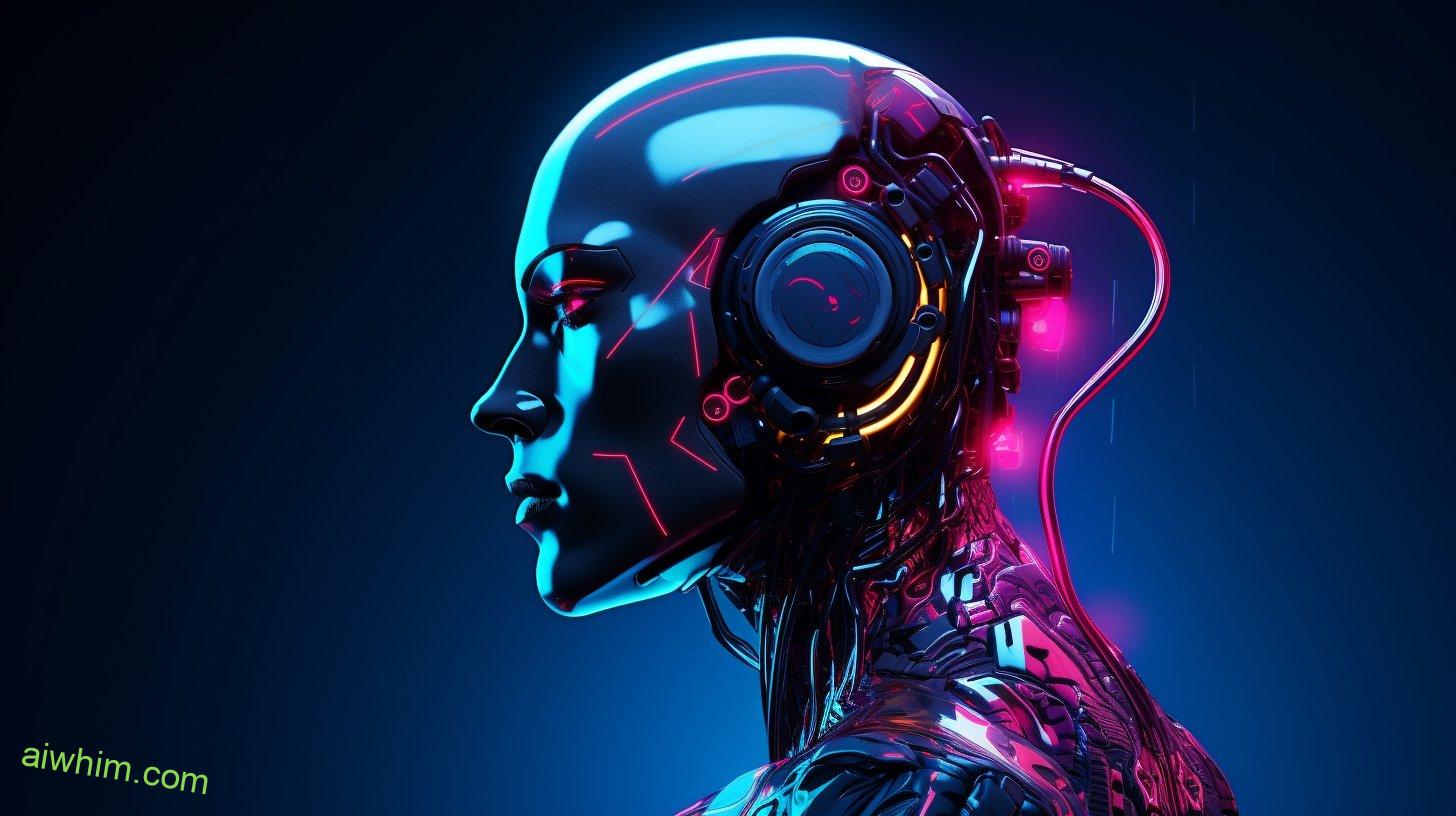
Industries and Sectors Hiring Ergonomists
As companies across various industries prioritize user experience and the efficient use of technology, the demand for professionals who can optimize work environments and improve the usability of products is leading to increased hiring of ergonomists. The role of ergonomists is crucial in designing products and workspaces that are safe, efficient, and comfortable for users. If you’re considering a career as an ergonomist, it’s beneficial to know which industries are actively seeking professionals with your skill set.
Here are three industries that are hiring ergonomists:
- Manufacturing: In the manufacturing industry, ergonomists play a vital role in ensuring the safety and well-being of workers. They analyze work processes, equipment, and tools to identify potential hazards and develop ergonomic solutions to enhance productivity and reduce the risk of injuries.
- Healthcare: Healthcare facilities are increasingly focusing on improving patient care and staff satisfaction. Ergonomists in this industry work closely with healthcare professionals to design ergonomic workstations, patient handling equipment, and assistive devices that promote proper body mechanics and prevent musculoskeletal injuries.
- Technology: As technology continues to advance, ergonomists are in high demand in the tech industry. They collaborate with designers and engineers to create user-friendly interfaces, ergonomic keyboards, and other input devices that minimize the risk of repetitive strain injuries and maximize efficiency.
Job prospects for ergonomists are promising, with a projected growth rate of 13% from 2019 to 2029, according to the Bureau of Labor Statistics. With the increasing awareness of the importance of ergonomics in various industries, the demand for qualified professionals is expected to continue to rise. So, if you have a passion for improving user experience and ensuring workplace safety, pursuing a career as an ergonomist in these industries could be a rewarding choice.

Collaborating With AI Developers and Designers
To effectively collaborate with AI developers and designers, ergonomists can provide valuable insights and expertise in optimizing user experiences and ensuring ergonomic design principles are integrated into AI systems. By working together, ergonomists and AI experts can create AI systems that aren’t only technologically advanced but also user-friendly and ergonomic.
One of the key collaboration methods between ergonomists and AI developers is through iterative design processes. Ergonomists can provide feedback and suggestions throughout the development cycle, ensuring that the AI system is designed with the user in mind. This iterative approach allows for continuous improvement and refinement of the user experience, resulting in an AI system that’s intuitive and easy to use.
Additionally, ergonomists can contribute to the integration of AI technology by considering the physical and cognitive aspects of human interaction. They can help design AI interfaces that are comfortable and accessible for users of all abilities, taking into account factors such as screen size, font size, and button placement. By considering these ergonomic factors, ergonomists can ensure that the AI system is inclusive and accessible to a wide range of users.
Furthermore, ergonomists can collaborate with AI developers and designers to conduct user testing and evaluation. By observing and analyzing how users interact with the AI system, ergonomists can identify areas for improvement and suggest modifications to enhance the user experience. This iterative feedback loop allows for continuous improvement of the AI system’s design and functionality.

Designing User-Friendly Interfaces With Human Factors Engineering
Human Factors Engineering plays a crucial role in designing interfaces that prioritize user-friendliness and optimal user experiences. By considering the needs, abilities, and limitations of users, human factors engineers can create interfaces that are intuitive, efficient, and enjoyable to use. Whether it’s designing healthcare systems or automotive interfaces, human factors engineering is essential for ensuring that users can interact with technology in a safe and efficient manner.
Here are three key aspects of designing user-friendly interfaces with human factors engineering:
- Understanding user needs: Human factors engineers in healthcare use their expertise to design interfaces that are tailored to the specific needs of patients, healthcare professionals, and administrators. They conduct research and gather feedback to understand the challenges users face and design interfaces that address those needs effectively. This approach improves efficiency, reduces errors, and enhances the overall user experience.
- Ergonomic design: In the automotive industry, human factors engineering focuses on ergonomic design to create interfaces that are comfortable and easy to use while driving. This involves considering factors such as reach, visibility, and ease of use to minimize driver distraction and improve safety. By designing controls and displays that are intuitive and accessible, human factors engineers ensure that drivers can interact with the car’s systems without compromising their attention on the road.
- User-centered design: A user-centered design approach places the user at the center of the design process. Human factors engineers involve users throughout the design and development stages, gathering their input and feedback to create interfaces that meet their needs and preferences. This iterative process allows for continuous improvement and ensures that the final product is user-friendly, efficient, and enjoyable to use.

Optimizing Work Environments With Ergonomics
Now let’s explore how ergonomics can be used to optimize work environments.
Ergonomics is the science of designing and arranging workspaces to fit the needs of the employees, ensuring their well-being and productivity. By implementing ergonomic solutions in the office environment, you can create a space that promotes comfort, efficiency, and overall employee satisfaction.
One key aspect of ergonomics is the design of furniture and equipment. Ergonomic chairs, adjustable desks, and proper lighting can greatly improve employee well-being. These elements are designed to support good posture, reduce strain on the body, and minimize the risk of musculoskeletal disorders. By providing employees with ergonomic furniture, you’re investing in their comfort and health, which in turn can lead to increased productivity and job satisfaction.
Another important consideration is the layout of the workspace. Ergonomics takes into account the flow of work, ensuring that employees can move around freely and access the tools they need without unnecessary physical strain. By optimizing the layout, you can minimize the time and effort required to perform tasks, allowing employees to focus on their work and avoid unnecessary stress.
In addition to physical aspects, ergonomics also addresses the psychological well-being of employees. Creating a positive work environment with natural lighting, comfortable temperatures, and proper ventilation can contribute to a sense of well-being and reduce stress levels. Incorporating elements of nature, such as plants or artwork, can also enhance the overall ambiance and improve employee morale.
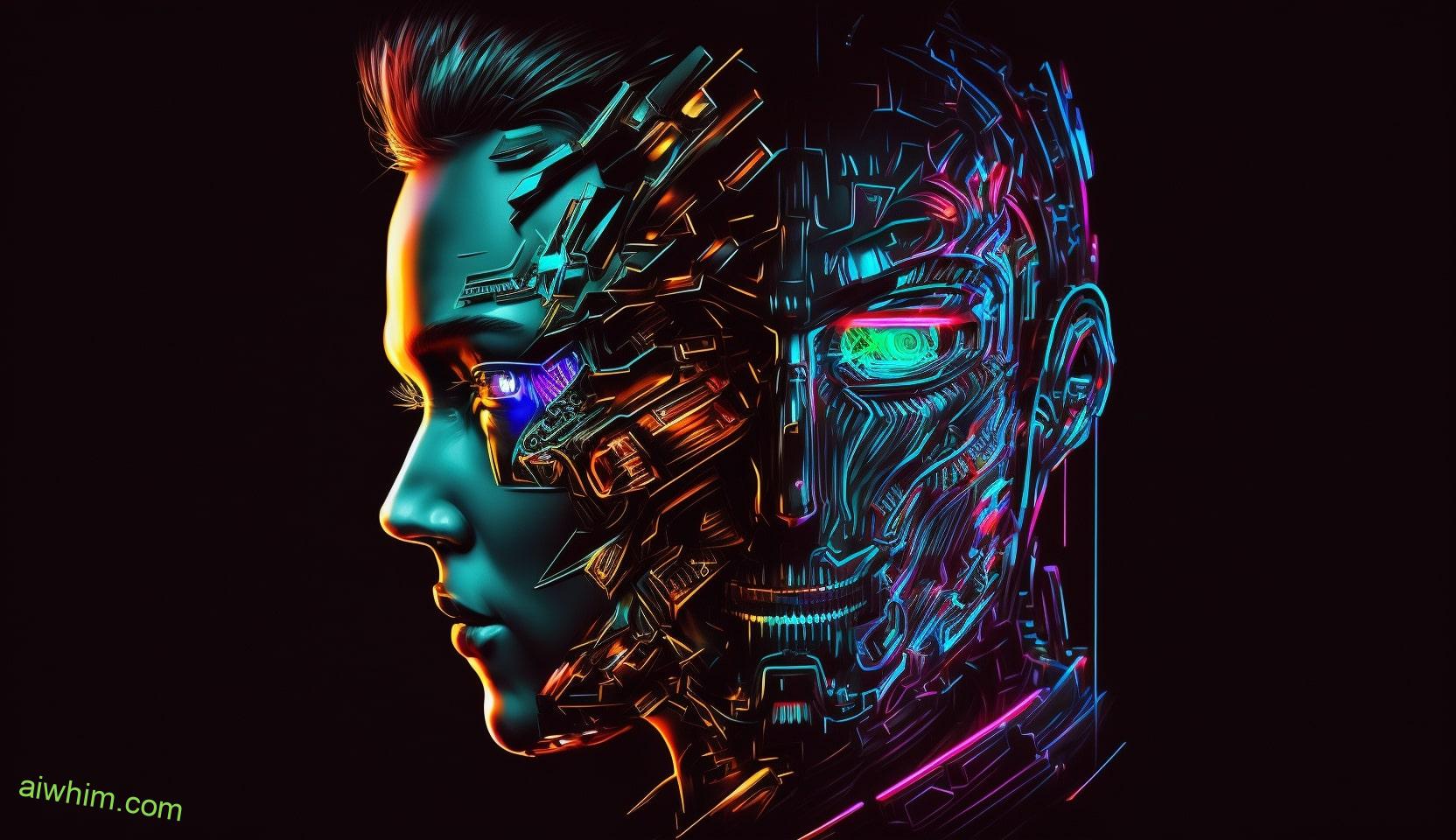
Enhancing User Experience With Human Factors Engineering
By incorporating human factors engineering, you can enhance the user experience and optimize the usability of products and systems. Human factors engineering focuses on understanding how humans interact with technology and designing systems that meet their needs and preferences. When applied to AI development, it can lead to the creation of more intuitive and user-friendly interfaces. In virtual reality experiences, human factors engineering can make the virtual environment feel more immersive and realistic, enhancing the overall user experience.
To help you better understand the importance of human factors engineering in enhancing user experience, here are three key benefits it brings:
- Implementing user-centered design principles in AI development:
- By prioritizing the needs and preferences of users, AI developers can create systems that are intuitive and easy to use.
- User research and feedback play a crucial role in identifying pain points and areas of improvement, leading to the creation of better AI interfaces.
- Incorporating user-centered design principles ensures that the AI systems are tailored to the specific tasks and goals of the users, making them more efficient and effective.
- Integrating human factors engineering in virtual reality experiences:
- By considering human factors in the design of virtual reality interfaces, developers can create more immersive and enjoyable experiences.
- Factors such as visual comfort, motion sickness prevention, and user interaction are taken into account to optimize the virtual reality experience.
- Human factors engineering helps in designing interfaces that are easy to navigate and interact with, enhancing the overall sense of presence and realism.
- Enhanced usability and user satisfaction:
- By incorporating human factors engineering, products and systems become more user-friendly, leading to improved usability and user satisfaction.
- User-centered design principles ensure that the interfaces are intuitive, reducing the learning curve and allowing users to easily accomplish their tasks.
- Considering human factors in the design process also helps in preventing errors and reducing user frustration, resulting in a positive user experience.
Incorporating human factors engineering in AI development and virtual reality experiences is crucial for enhancing the user experience and optimizing usability. By prioritizing user-centered design principles and considering human factors, developers can create interfaces that are intuitive, immersive, and enjoyable, ultimately leading to higher user satisfaction.

Improving Workplace Productivity With Ergonomics
Enhance your workplace productivity with ergonomic design principles. By implementing these principles, you can improve workplace efficiency and reduce employee fatigue, ultimately leading to a more productive and happier workforce.
One key aspect of ergonomics is designing workstations that are tailored to the individual’s needs. This includes adjustable desks and chairs that can be easily modified to accommodate different body types and preferences. By providing employees with the freedom to customize their workstations, you empower them to work in a way that’s most comfortable and conducive to their productivity.
Another important element of ergonomics is proper lighting. Adequate lighting not only reduces eye strain but also enhances focus and concentration. Natural light is highly beneficial, so consider incorporating windows or skylights into your office space. Additionally, adjustable lighting fixtures allow individuals to control the brightness of their immediate work area, ensuring optimal visibility and reducing eye fatigue.
Furthermore, ergonomics emphasizes the importance of ergonomic tools and equipment. This includes ergonomic keyboards, mice, and other input devices that reduce strain on the hands and wrists. Ergonomic office tools promote proper posture and alignment, reducing the risk of repetitive strain injuries and improving overall comfort.
Lastly, encourage regular movement and breaks throughout the workday. Sitting for prolonged periods can lead to physical discomfort and decreased productivity. Encourage employees to take short breaks to stretch, walk, or engage in light exercises. Additionally, consider providing standing desks or alternative workstations that allow for increased movement while working.
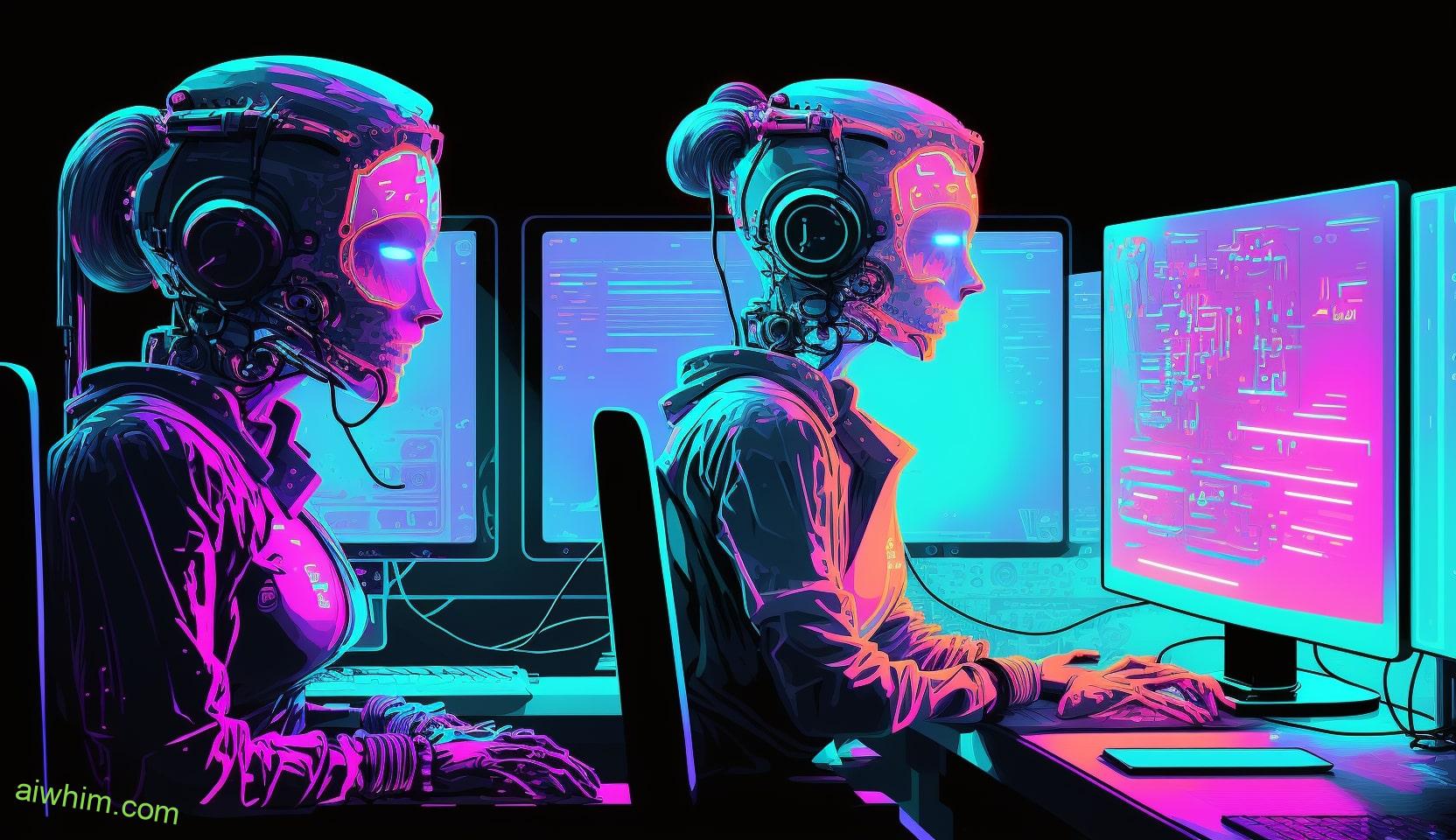
Challenges and Opportunities in Human Factors Engineering
To further explore the field of human factors engineering, let’s now examine the challenges and opportunities that arise in designing workspaces tailored to individual needs.
Human factors engineering, also known as ergonomics, focuses on creating work environments that optimize productivity and well-being. However, implementing human factors engineering can present certain challenges. Here are some of the challenges that organizations face when incorporating this approach:
- Resistance to Change: Introducing new workspaces and ergonomic practices may encounter resistance from employees who are accustomed to traditional setups. Overcoming this resistance requires effective communication and education about the benefits of human factors engineering.
- Cost Considerations: Designing personalized workspaces can be costly, especially for large organizations. The challenge lies in finding a balance between investing in ergonomic solutions and achieving a return on investment through increased productivity and reduced employee injuries.
- Technological Integration: Integrating technology into workspaces is a common challenge faced by human factors engineers. Ensuring that technology supports rather than hinders productivity and comfort can be complex, especially as new technologies continue to emerge.
Despite these challenges, there are numerous opportunities for innovation in human factors engineering. These opportunities include:
- Designing for Diversity: With a diverse workforce, human factors engineers have the opportunity to create workspaces that cater to different needs, including those of individuals with disabilities or specific ergonomic requirements. By embracing diversity, organizations can foster a more inclusive and productive work environment.
- Leveraging Artificial Intelligence: As AI technology advances, there’s an opportunity to integrate AI systems into workspaces to enhance productivity and well-being. AI can provide real-time feedback on posture, suggest ergonomic adjustments, and even automate certain tasks to reduce physical strain.
- Continuous Improvement: Human factors engineering is an ongoing process. By continuously evaluating and optimizing workspaces based on user feedback and emerging research, organizations can stay at the forefront of ergonomic innovation and ensure that their work environments evolve with changing needs.

Challenges and Opportunities in Ergonomics
Ergonomics presents both challenges and opportunities in creating work environments that prioritize comfort and efficiency. As technology continues to advance, there’s a growing need for ergonomics research to ensure that human-computer interactions are both productive and comfortable.
One of the main ergonomic design challenges is the customization of workstations to accommodate the unique needs of individuals. People come in all shapes and sizes, and what may be ergonomically suitable for one person may not work for another. This requires a deep understanding of human anatomy and physiology, as well as the ability to adapt designs accordingly.
Another challenge in ergonomics is the integration of new technologies into the workplace. With the rise of artificial intelligence and automation, there’s a need to ensure that these technologies are designed with human factors in mind. This involves considering factors such as ease of use, user feedback, and the prevention of musculoskeletal disorders caused by repetitive tasks. Ergonomists play a crucial role in collaborating with engineers and designers to create user-friendly interfaces and intuitive systems.
However, with these challenges come opportunities. By addressing ergonomic design challenges, companies can create work environments that promote employee well-being and productivity. Studies have shown that ergonomics can reduce the risk of injuries and improve overall job satisfaction. Additionally, investing in ergonomics can lead to cost savings in the long run by reducing absenteeism and turnover rates.

Future Trends and Innovations in Human Factors Engineering
As the field of ergonomics continues to evolve, future trends and innovations in human factors engineering are poised to revolutionize the way we design work environments for optimal comfort and productivity. The following innovative approaches are expected to shape the future of human factors engineering:
- Virtual Reality (VR) and Augmented Reality (AR) Integration: The integration of VR and AR technologies into human factors engineering has the potential to transform the way we design workspaces. By allowing designers and engineers to simulate and visualize different ergonomic solutions in a virtual environment, VR and AR can help identify potential issues and make necessary adjustments before implementing physical changes. This approach not only saves time and resources but also ensures that the final design meets the specific needs and preferences of the workforce.
- Artificial Intelligence (AI) and Machine Learning (ML): The future of human factors engineering lies in leveraging AI and ML algorithms to analyze vast amounts of data and identify patterns that can improve workplace design. By collecting data on factors such as employee movements, postures, and work habits, AI and ML can provide insights into how to optimize work environments for productivity and well-being. This data-driven approach enables designers to make informed decisions that align with the unique requirements of individuals and teams.
- Smart and Adaptive Workspaces: The integration of smart technologies and sensors into workspaces allows for real-time monitoring and adjustment of environmental conditions. From adjustable lighting and temperature controls to dynamic furniture and ergonomic accessories, smart workspaces can adapt to the needs of individuals and promote comfort, productivity, and well-being. This approach not only enhances employee satisfaction but also reduces the risk of musculoskeletal disorders and other work-related health issues.
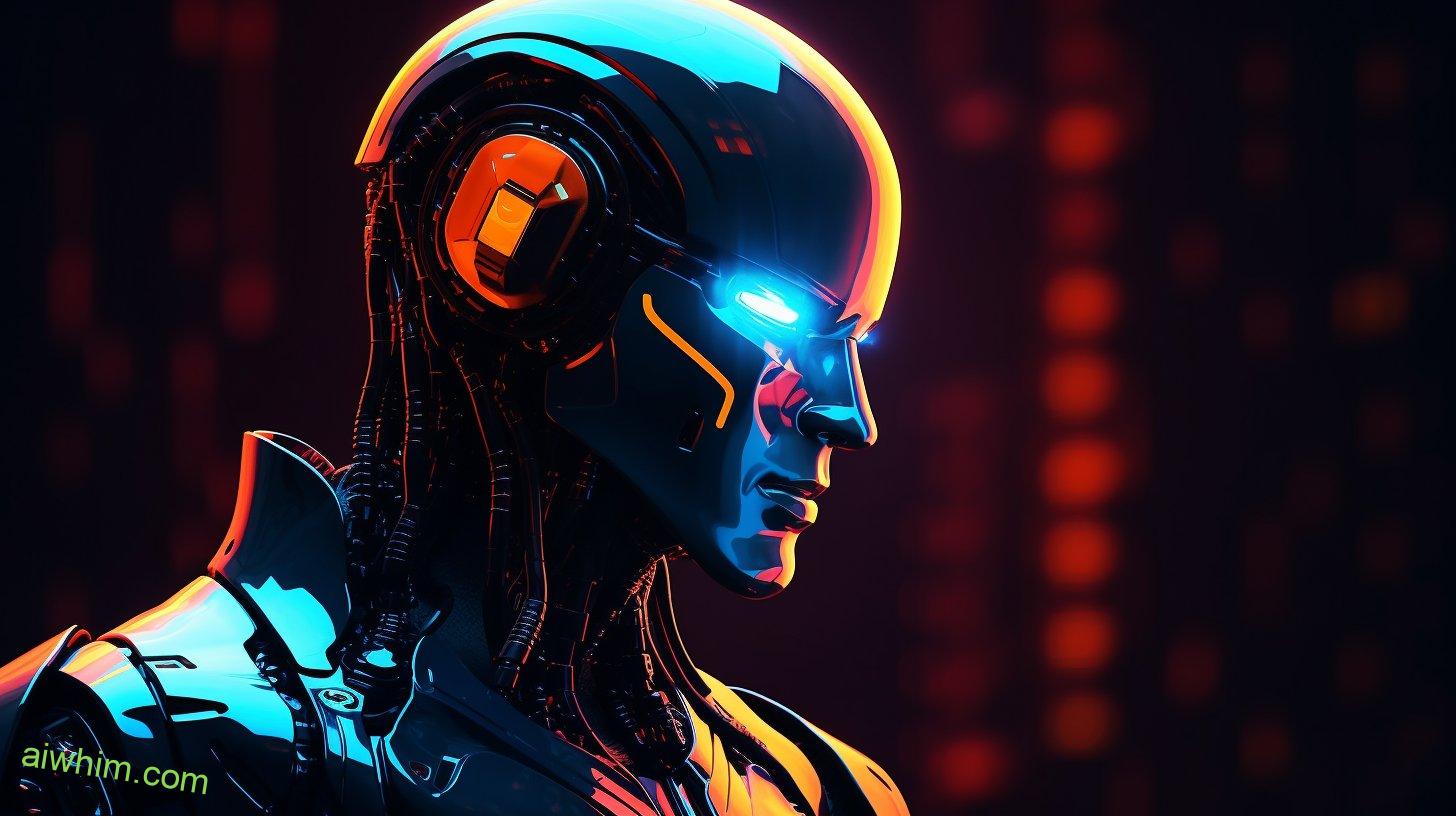
Future Trends and Innovations in Ergonomics
With advancements in technology and a growing emphasis on employee well-being, the field of ergonomics is set to witness exciting future trends and innovations. Ergonomic technology advancements are playing a significant role in shaping the future of ergonomic design. As AI continues to evolve and become more sophisticated, it’s expected to have a profound impact on the field of ergonomics.
One of the future trends in ergonomics is the development of smart ergonomic devices. These devices will utilize AI to provide real-time feedback and personalized recommendations to individuals in order to optimize their work environment. For example, smart chairs and desks will be able to adjust their height and position based on an individual’s posture, reducing the risk of musculoskeletal disorders.
Another future trend is the integration of AI into ergonomic assessment tools. AI algorithms will be able to analyze data collected from wearable devices, such as smartwatches and fitness trackers, to assess an individual’s ergonomic risk factors. This will enable companies to proactively identify and address ergonomic issues before they lead to injuries or discomfort.
Additionally, AI will revolutionize the design process by enabling ergonomic simulations and virtual testing. Ergonomists will be able to create virtual work environments and test different design options to determine their impact on employee well-being. This will help companies make informed decisions about workplace design and layout, leading to more ergonomic and user-friendly workspaces.
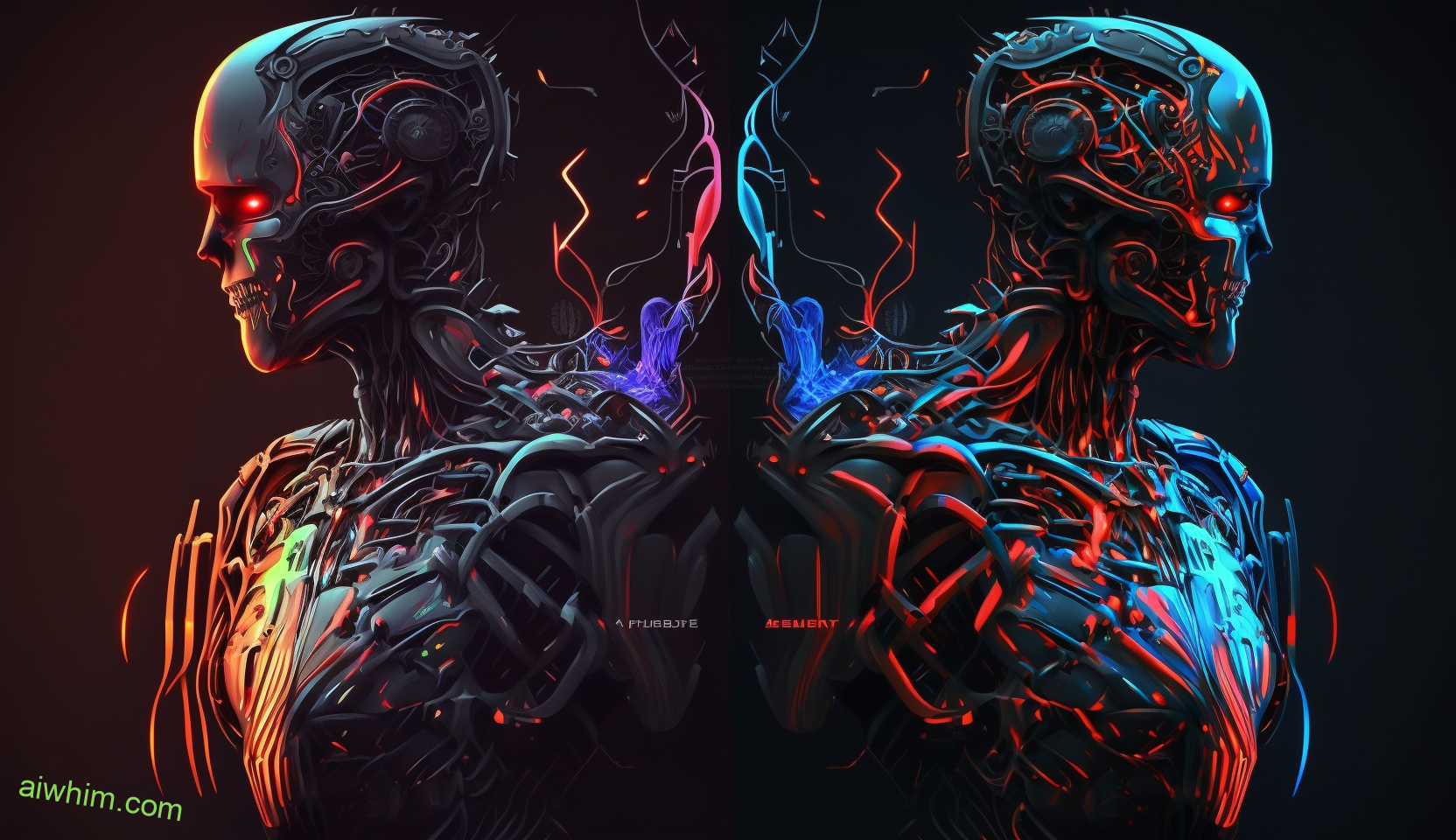
Frequently Asked Questions
What Are the Challenges and Opportunities in the Field of Human Factors Engineering?
You’ll face both challenges and opportunities in human factors engineering. It involves conducting research on human factors and understanding their impact on product design. It’s a field that offers freedom to explore and innovate.
How Can Human Factors Engineering Enhance User Experience?
Human factors engineering can enhance your user experience by applying design thinking and user-centered design principles. It considers your needs, preferences, and limitations to create intuitive and efficient interactions. Virtual reality also plays a significant role in improving user experience and human factors engineering.
What Are the Future Trends and Innovations in Ergonomics?
In the future, ergonomics will see trends and innovations driven by smart technology advancements. Remote work will also have an impact, requiring ergonomic solutions that cater to different work environments.
What Are the Key Skills and Qualifications Required for Ergonomists?
To be a qualified ergonomist, you need to have ergonomics certifications and a strong background in human factors research. These skills will enable you to excel in understanding and improving the interaction between people and their environment.
Which Industries and Sectors Are Currently Hiring Human Factors Engineers?
You’re in luck! The automotive industry has great job prospects for human factors engineers. They also play a crucial role in healthcare and medical device design. Exciting opportunities await in these sectors.
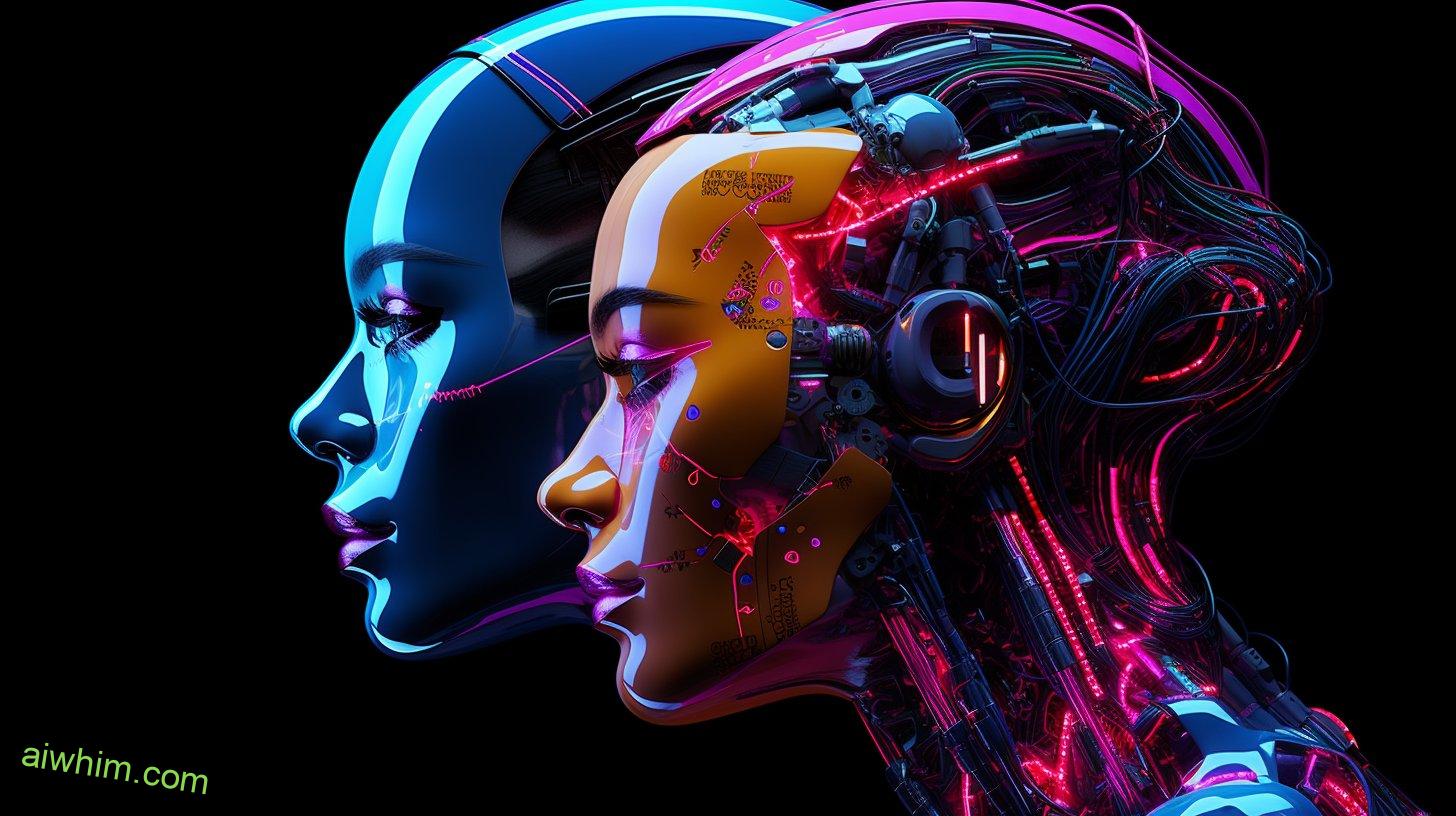
Conclusion
So, you thought AI would replace humans completely, huh? Well, think again.
The importance of human factors engineering and ergonomics in the world of AI can’t be underestimated. These roles require a unique set of skills and qualifications to ensure that AI systems are designed with human needs in mind.
As industries continue to hire for these positions, the challenges and opportunities in this field are bound to grow. So, while AI may be advancing, it’s clear that humans still have a vital role to play.







